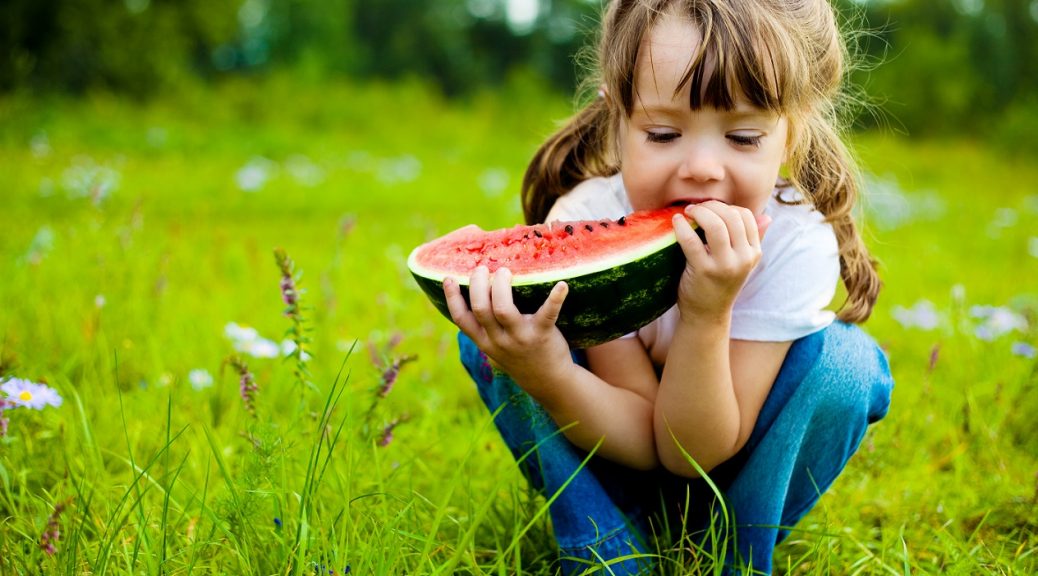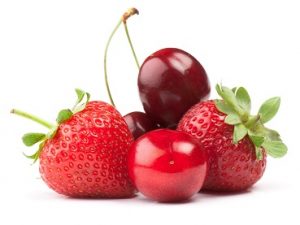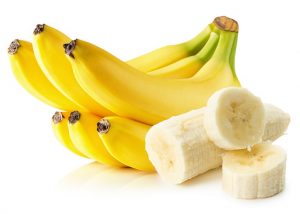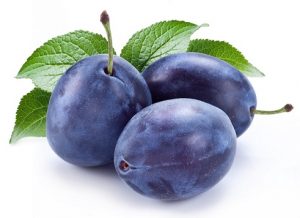
Get Fruity – How to Get Children to Eat More Fruit!
By nutritional therapist Katharine Tate, an expert in family health and nutrition
Eating your ‘five a day’ has become mainstream advice but still children are falling short of this minimum recommendation with latest research suggesting children aged between 5-15 eat an average of 3 a day, and low fruit diets can increase the risk of disease in adulthood. Taking this into account, why is fruit so important for our health and how can we increase our children’s consumption?
Fruit is a great source of nutrients including vitamin C, potassium, folic acid and fibre. Aside from micronutrients they also contain plant chemicals (phytonutrients), which are not considered essential but contain many beneficial properties that can support optimal health and prevent disease. Each colour pigment provides different nutrients hence the importance of talking to children about eating a daily rainbow. Children enjoy learning about the different colours of food, so one easy way of engaging them is keeping a chart or record of what they’ve consumed and teaching them how the colours work in different ways to help keep their bodies fit and healthy.
Some suggested foods and messages to share with children when talking about fruit include:
Red:
Foods to try – apples, strawberries, raspberries, tomatoes, pomegranate
What makes these good? The plant chemicals in red foods support a healthy heart and circulation, protect our digestive systems, are powerful antioxidants and support immunity.
Message for children – These foods are great for helping your body fight germs and will help you develop a good memory.
Orange:
Foods to try – oranges, satsumas/clementines, peaches, nectarines, apricots, mangos
What makes these good? The plant chemicals in orange foods support immunity, maintain good vision, skin and strong teeth and bones.
Message for children – Eating these will help you have glowing skin and healthy eyes.
Yellow:
Foods to try – banana, pineapple, melon
What makes these good? The plant chemicals in yellow foods support the digestive and immune system, and maintain good vision.
Message for children – These are great for protecting your eyes, helping your body fight germs and helping to keep your tummy healthy.
Green:
Foods to try – apples, pears, grapes, kiwi
What makes these good? The plant chemicals in green foods support the immune system, are powerful antioxidants and help maintain good vision.
Message for children – These will help make and keep your bones and teeth strong, and are helpful for a healthy brain.
Blue/Indigo/Violet:
Foods to try – blueberries, blackberries, grapes, plums
What makes these good? The plant chemicals in blue/indigo/violet foods support blood pressure control, reduce the risk of diabetes, are powerful antioxidants and may help to slow some of the effects of ageing.
Message for children –Eat these for a healthy brain and heart.
Parents are often concerned about the amount of sugar in fruit, which is known as fructose. Unlike other forms of sugar, sucrose and glucose, fructose doesn’t trigger insulin, as the body converts it into glucose primarily in the small intestines or liver. For this reason the release of glucose into the bloodstream is much slower which is further helped by the amount of fibre whole fruit contains. It’s also important to note that dried fruit, which has no water content, contains a high concentration of sugar, which can have a significant impact on blood sugar. The effect of 10 raisins on blood sugar levels is equivalent to that of a punnet of strawberries, so when choosing fruit keep dried fruit consumption to a minimum.
Encourage children to eat more fruit and learn about their benefits. Children love small bites on cocktail sticks, frozen kebabs of mixed berries, fruit cut up in an enticing way such as a mango hedgehog or simply served alongside savoury food such as apple and cheese. Get your children eating their fruit and work to achieve more than 5 fruit and vegetables each day.
 About Katharine Tate
About Katharine Tate
The Food Teacher, Katharine Tate, has worked as a teacher and education consultant internationally in primary and secondary schools for over 20 years. Qualified as a registered nutritional therapist, Katharine, combines her unique education and nutrition expertise to offer schools, organisations and families advice, education programmes, practical workshops, and individual/family clinical consultations.
She has also published 2 books: ‘Heat-Free & Healthy’ and ‘No Kitchen Cookery for Primary Schools’ and look out for The Food Teacher as Food Festivals and events throughout the country during 2016.
For more information, visit her Facebook page, follow her on Twitter or email her at info@thefoodteacher.co.uk. You can also visit her website to find out more and subscribe to her newsletter.